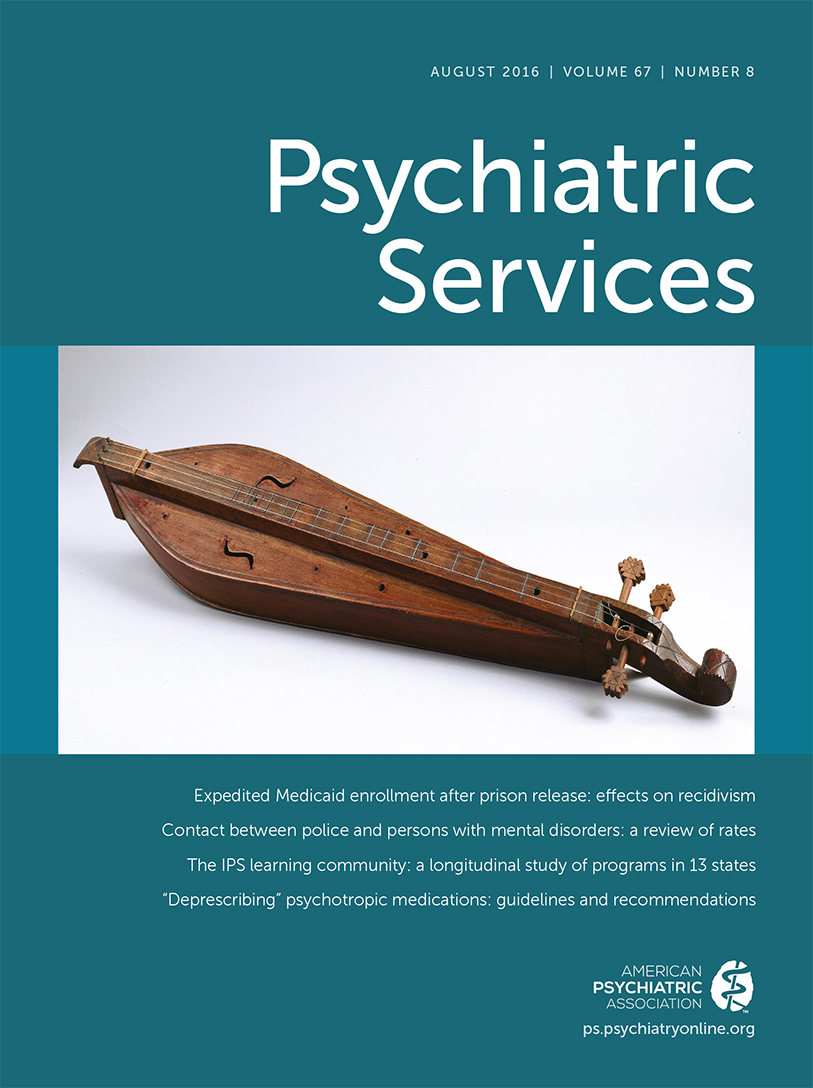Reducing Disparities in Timely Autism Diagnosis Through Family Navigation: Results From a Randomized Pilot Trial
Abstract
Objective:
Emerging evidence suggests that autism spectrum disorder (ASD) can be diagnosed by age 18 months and that early intensive behavioral intervention positively affects ASD core deficits. This pilot randomized controlled trial examined the feasibility of using an adapted form of patient navigation, Family Navigation (FN), to improve timely diagnosis of ASD in low-income families from racial-ethnic minority groups.
Methods:
Forty children referred for an ASD diagnostic assessment were randomly allocated to receive FN or usual care. The primary outcome, time to diagnostic resolution, was assessed with survival analysis.
Results:
Nineteen of 20 FN children completed the diagnostic assessment, compared with 11 of 19 children receiving usual care (hazard ratio=3.21, 95% confidence interval=1.47–6.98, p<.01). In regard to engagement of participants, 17 of 20 families (85%) met with the navigator for the targeted three in-person visits (median=4, range 1–9).
Conclusions:
FN may be a promising intervention to address barriers that impede timely ASD diagnosis.



